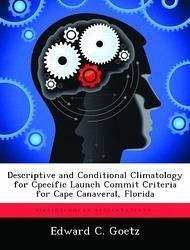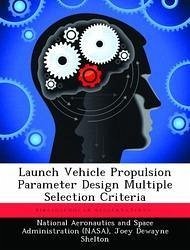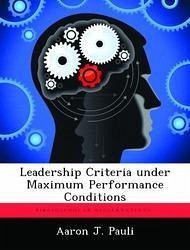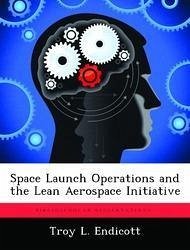Nicht lieferbar

Descriptive and Conditional Climatology for Cpecific Launch Commit Criteria for Cape Canaveral, Florida
Versandkostenfrei!
Nicht lieferbar
In 1987, an unmanned Atlas-Centaur-67 launched from the Cape triggered a lightning discharge that disabled the on-board guidance system and Range Control destroyed the platform. This incident spurred the review and revision of the natural and triggered lightning launch commit criteria (LCC). The LCC are a set of eleven complex rules that are constantly evaluated by the Launch Weather Team (LWT) of 45th Weather Squadron (45WS). Unfortunately, the 45WS LWT does not have either a descriptive or conditional climatology for many of the LCC. This thesis addresses the lightning and the cumulus LCC. A...
In 1987, an unmanned Atlas-Centaur-67 launched from the Cape triggered a lightning discharge that disabled the on-board guidance system and Range Control destroyed the platform. This incident spurred the review and revision of the natural and triggered lightning launch commit criteria (LCC). The LCC are a set of eleven complex rules that are constantly evaluated by the Launch Weather Team (LWT) of 45th Weather Squadron (45WS). Unfortunately, the 45WS LWT does not have either a descriptive or conditional climatology for many of the LCC. This thesis addresses the lightning and the cumulus LCC. A descriptive climatology for both the lightning and the cumulus LCC is presented for the 1989 to 1998 period. Additionally, the climate of the Cape is divided into four seasons, and a conditional climatology is introduced for the cumulus LCC. The conditional climatology procedure uses a season-specific discriminant function to classify the radiosonde observations into either the violation or no violation group for the four seasons.







